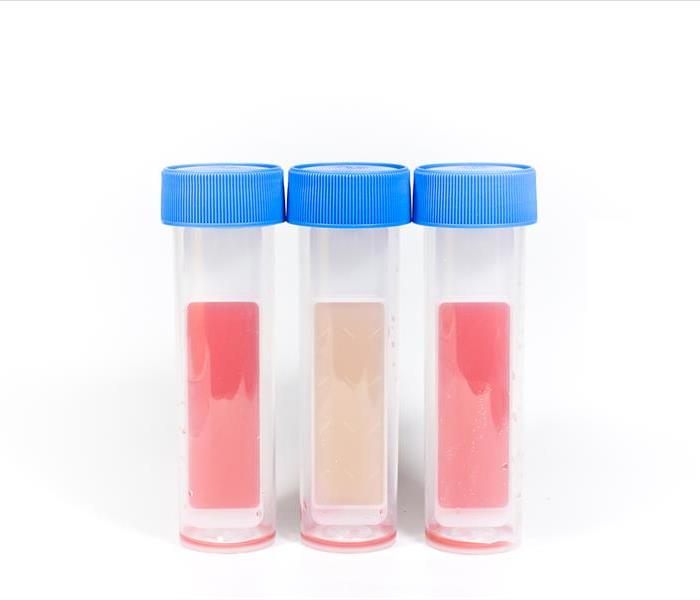3 Problems Experts Have With Home Mold Testing Kits
12/3/2020 (Permalink)
Experts agree that home mold testing kits are no substitute for an investigation by a professional mold remediation company. Mold industry organizations, government agencies, and consumer groups have all issued statements advising homeowners against using these kits. Here are 4 common concerns experts raise about DIY mold tests.
1. Agar Sensitivity
Most home mold kits use a petri dish containing a common sampling medium called agar. You place the open dish in your home and wait for mold spores to grow on the agar, then seal the dish and mail it to a lab. Agar has a limited shelf life; however, some test kits don’t have an expiration date or a manufacturing date. Agar is also sensitive to heat and cold, and there’s no way to know how the kits were handled or where they were stored before they landed on your store shelf.
2. Shipping Requirement
All home mold testing kits require you to ship the sample to a lab. But once you place your sample in the mail, you have no control over what happens to it before it reaches its destination. Exposure to hot or cold temperatures, like in the back of a mail truck or on a loading dock, can damage the sample and throw off your results. Many DIY kits use glass slides, which are prone to breaking during transit.
3. Meaningless Lab Results
Mold levels vary from place to place and season to season; there is no universal, “normal” level. A mold kit can’t tell you what the “normal” levels for a home in Madison County, VA, should be. Without knowing what’s normal, it’s impossible to tell whether the levels found in the test dish were too high. In addition, professional mold tests measure the density of mold spores in a specific amount of air. DIY kits can’t provide this information, since they have no way of measuring the volume of air flowing past the test dish.
A home mold kit may be able to detect mold spores in your home, but it shouldn’t be considered a reliable mold testing option.




 24/7 Emergency Service
24/7 Emergency Service
